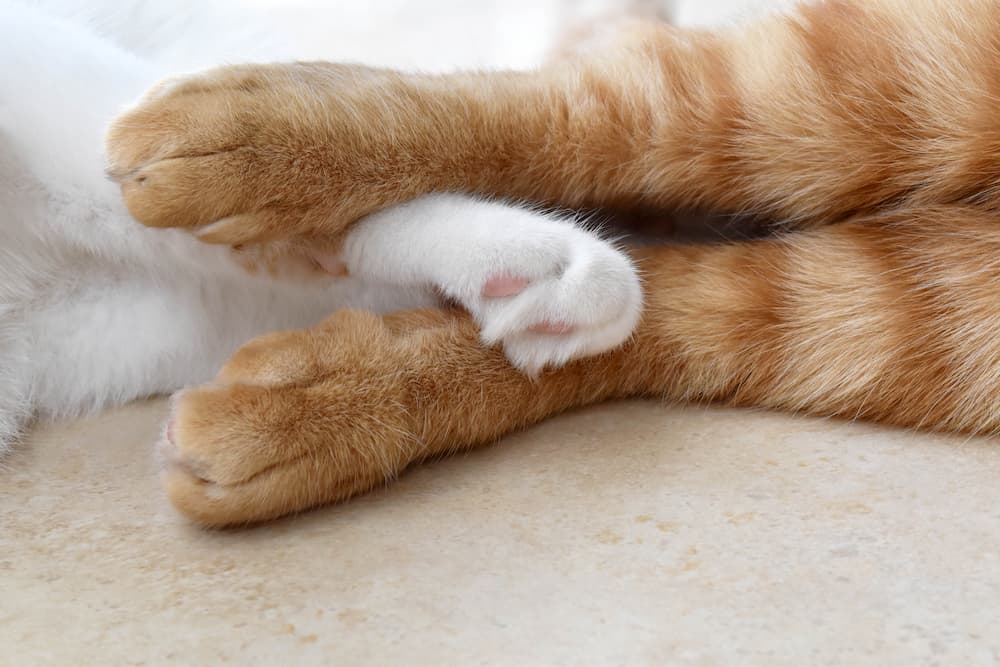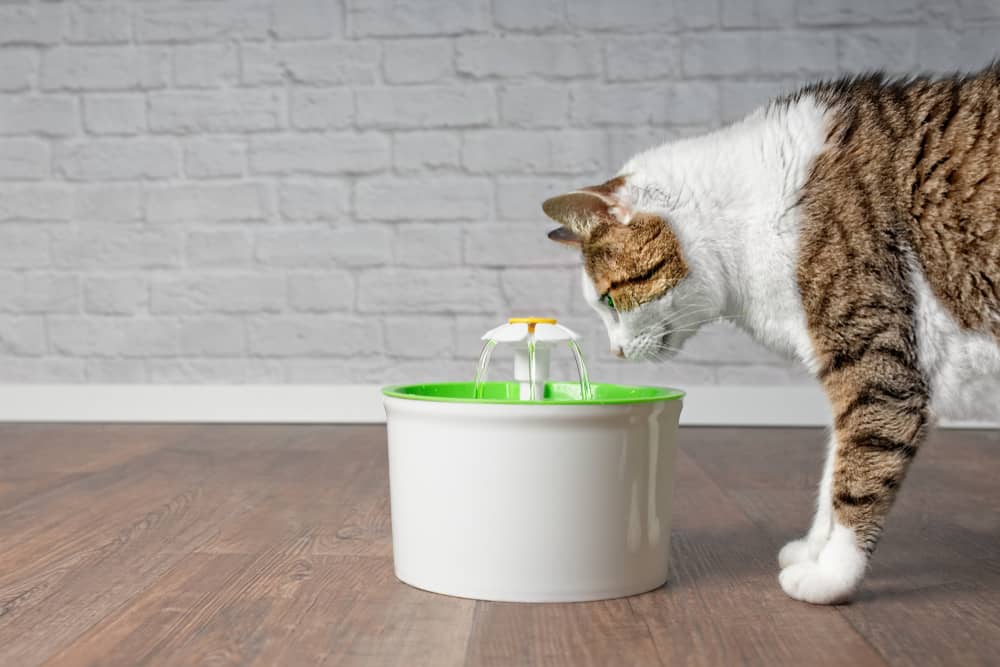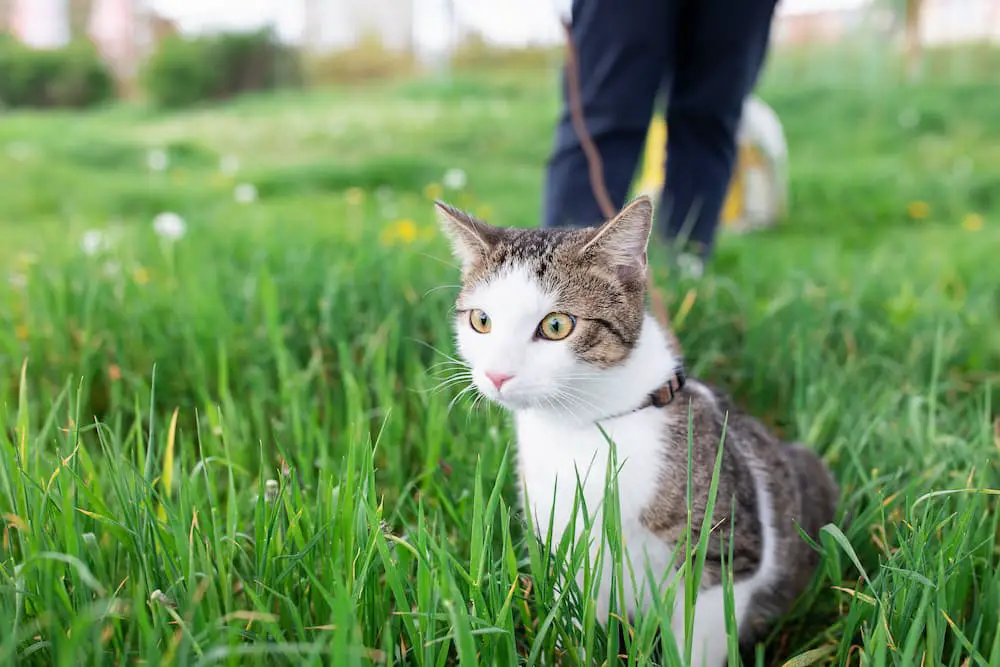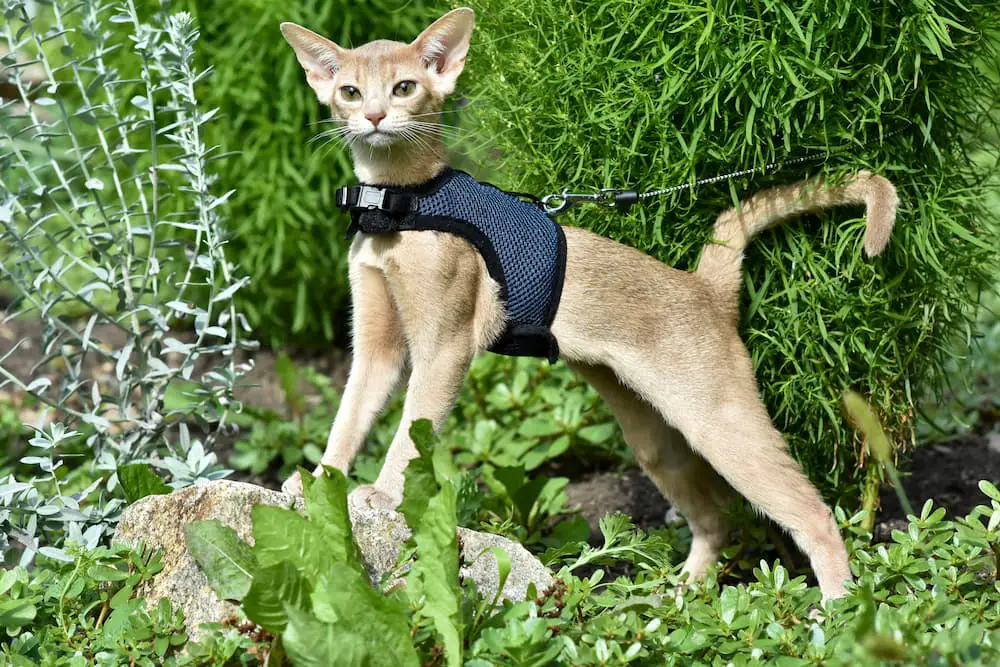Do you ever wonder what cats are saying when they meow? Or have you noticed your cats showing different behaviors when interacting with each other than when engaging with humans? If so, it may surprise you to learn that even though cats and humans don’t speak the same language, cats do actually have their own ways of communicating. From body language to a variety of vocalizations, cats use many methods to communicate effectively – oftentimes without us even knowing!

In this article, we’ll explore the fascinating ways in which felines interact and socialize with each other by diving into the science behind cat communication. So if these whisker-wonderful creatures leave you wanting answers regarding how they talk to each other, keep reading on as we uncover the intricate details of feline conversations.
Exploring the Subtle Ways Cats Communicate With Each Other
Cats are often mysterious creatures, and understanding their behavior can be challenging. One of the most fascinating aspects of cats is the subtle ways that they communicate with each other. From the introduction of scents to careful body language, cats leave “invisible signals” for their peers to decipher in order to understand one another.
For any cat owner, understanding these signals is key to improving the lives of our feline friends. Let’s explore some of the various methods cats use to interact as well as helpful tips on how to better understand these forms of communication. We hope that by offering insight into these silent conversations, we can help bring cats and their owners together for a happy life full of great companionship.
Body Language and Posture – What Do Cat Gestures and Movements Mean To Other Cats
Cat body language and posture can be complicated to decode, but understanding it can make a world of difference. To maximize communication between cats and reduce stress or aggression, it’s important to recognize postures and behaviors that display fear, curiosity, playfulness, or aggression. By better understanding common cues like ear placement and tail position, we can help our cats develop clear and consistent channels for two-way communication with other cats in the household. Plus, looking out for subtle signs of how cats may regard each other can help us intervene if one is overwhelmed or is uncomfortable with any interactions taking place. So let’s take a closer look at how cats converse through their body language!

• You can tell your cat is fearful if their ears are pinned back, if they crouch or flatten their body, and if the tail is anywhere between tucked to slightly raised.
• Curiosity will be represented by a low-to-the-ground stance with eyes wide open and ears facing forward – this is when cats may approach each other slowly to investigate.
• Playful interactions look like paw batting and pouncing
• Aggressive interactions will be accompanied by hissing, growling, and a raised tail.
Vocalizations – The Songs of Cat Conversation
The combination of vocalizations, meowing, purring, hissing, growling, trilling, and other sounds cats make can be difficult to interpret. But just like their body language, understanding how cats communicate vocally with each other can provide important clues about their behavior and relationship.
Meowing is a frequent form of vocalization and cats typically reserve it for humans to express their needs or wants. Kittens, however, will meow when communicating with their mothers or siblings as they are learning how to interact with one another.
Purring is usually associated with contentment but can also be a sign of stress or nervousness.
Hissing and growling are the most obvious signs of aggression, though it won’t always look like physical fighting – cats may also display aggressive behavior through their vocalizations when feeling threatened.
Trilling is associated with friendly greetings and can indicate excitement when one cat is reunited with another. The sound of trilling is a little bit like chirping and is often considered to be an endearing way cats communicate their feelings.

Scent-Based Signals – How Cats Leave Invisible Messages
One of the most underrated forms of communication cats engage in is the use of scent. By releasing pheromones, cats are able to leave invisible messages for their peers to decipher. This primarily happens through rubbing, scratching, and even urinating on objects as a way of marking their territory and communicating with other cats.
By rubbing up against objects like furniture or other cats, cats are able to spread their scents which can let other animals know that they’ve been in the area. Cats may also use certain facial glands to mark objects as well as people to show affection or acceptance – a behavior often referred to as “bunting”.
Cats also scent-mark to tell others about themselves, such as their social status or age. It may also help cats establish boundaries in which areas are safe and acceptable for visitation from other cats, helping to reduce stress-related behaviors from intruders.
How Play Helps Cats Communicate With One Another
Cat play enables cats to express their natural instincts and develop communication with each other. By engaging in playtime, cats can practice the skills they need to effectively interact with each other. Plus, you get to watch them have a great time!

You can tell your cats are playing if they’re stalking each other, chasing and pouncing, swatting at one another with their paws, or even grabbing onto one another with their claws – all of which are communication techniques cats use to tell each other how they feel – so long as their body language indicates they’re both content.
Playtime also provides a great opportunity for cats to learn how to be gentle and tolerant toward one another. This is especially true for cats who are still getting to know each other, as playtime can teach them how far they can take their interactions without becoming physically aggressive.
Understanding how cats communicate with each other can help us better relate to our feline friends and make life-long bonds of unconditional love. When we can learn the subtle ways cats express their feelings and emotions, it adds a richer level of understanding between us, our cats, and other cats they come in contact with. We can help keep our cats safe by being aware of what nonverbal behavior means in terms of safety as well as by encouraging healthy play. Cats have outstandingly unique ways of expressing themselves, however small or subtle they may be. With increased knowledge, we can more accurately interpret these behaviors and use them to best care for our furry companions!
The Catington Post is reader-supported. That means, if you make a purchase through links on our site, we may earn an affiliate commission. All images and names which are not the property of The Catington Post are the property of their respective owners.







